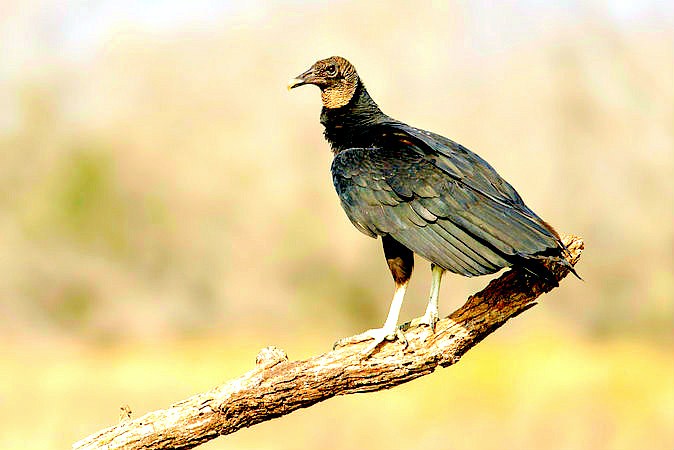Black vulture (Coragyps atratus) Along with the turkey vulture, the black vulture is one of the most abundant New World vultures. In North America, these vultures are known to breed throughout the southeastern and middle Atlantic region of the United States and are often sighted in southeastern Canada. The species also breeds throughout Central America and much of South America. These vultures typically occur in open or partly forested habitats, often in close proximity to human settlements. Recently, this species has expanded northward in the eastern United States. Presumably, greater numbers of these vultures existed historically when waste disposal, ranching, and farming practices were less regulated. The vulture is a highly gregarious species. Outside of the breeding season they often gather by the hundreds at communal roosts. Traditional roost sites, some of which are used for decades, often are occupied year-round. Other roosts are used seasonally in response to food availability. Roosts are thought to play an important role in the social lives of black vultures, both as places for juveniles and adult vultures to interact, and as sites for foraging groups to assemble. There is some evidence that vultures find food by following conspecifics from roosts to carcasses. Turkey vultures and crested caracaras often roost together with black vultures.
